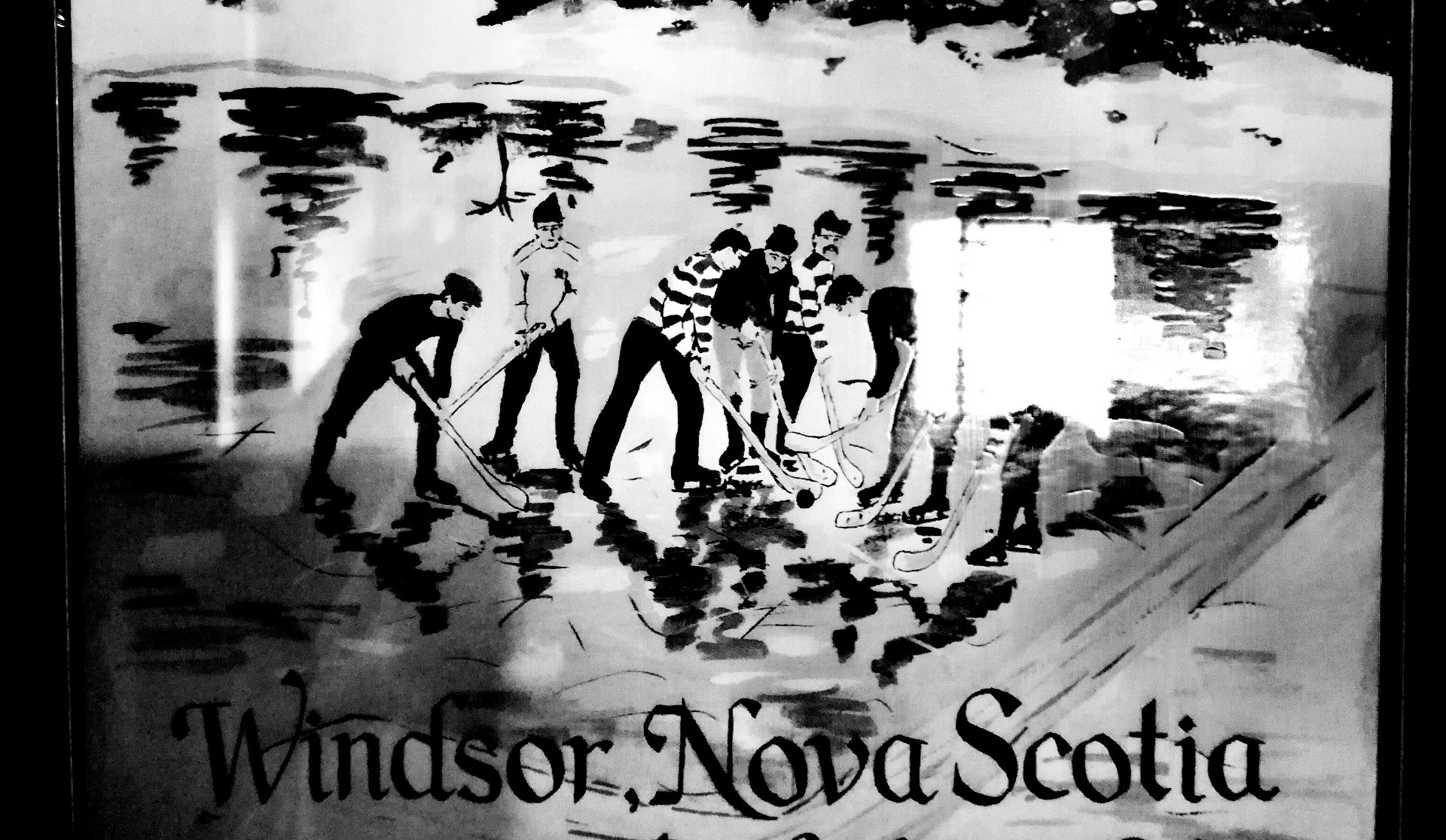HISTORY
Here you can find what we explored with a camera and general knowledge about hockey.
In early 2019, we set off with our film crew to Nova Scotia, in search for the origins of ice hockey. Why there? Legend has it that this is where it all began. We visited key places and interviewed many hockey enthusiasts. You can follow our journey and its conclusions in a short documentary film called Cradle of Hockey.
GENERAL KNOWLEDGE
NAVAJO, MAKAHS, HOPI INDIAN - NATIVE AMERICAN HOCKEY CULTURES
Organized outdoor hockey has been played many years before indoor rinks were popularized. Pond hockey or shinny has its origins in early Navajo Native American culture. The story of shinny came from a Navajo story where a stranger challenged a Navajo god to a game of shinny in order to free Navajo slaves. Free men and slaves lined up and an agreement was made, the terms of which was as follows. If the Navajo god won the free men would become slaves, but if the slaves won the slaves would be free. Then a bird came to the stranger and said, that if he were to hit the ball lightly the bird would take the ball across the line (commonly known as a goal). The god went first and hit the ball as hard as he could. It did not make it to the line, so the stranger went next and hit the ball lightly. The bird then took the ball and flew across the line. The slaves were then free men and hopped across the line to greet their relatives.
Shinny was not just a part of Navajo culture it was part of many Indian stories. Some stories say that the stick or bat represented the clubs used by war gods. Shinny was also used to praise gods, and people would play in honor of a certain god. The Cherokees used it as training for war and called it "little brother of war". It was also played for celebratory purposes for example the Makahs of Canada who played to celebrate catching a whale which was the main source of food for the tribe in the winter. Shinny was played by almost all tribes; women were also allowed to play, sometimes they would even play with or against men of the tribe.
Most of the time the game was played with one stick or bat to hit the ball across the line however, the Makahs were the only tribe to use two bats. The bats are made from wood, they were thin with a curve and wider part at the end to hit the ball. During the game the players would use their feet to move the ball forward but they could never use their hands. The ball was made out of different kinds of things. Some balls were made from a knot in a tree, some were made of whale bone, others were made of buffalo hair covered with the skin of a buck. The balls were pretty much made by any materials the Indians could find. These balls were also coloured with interesting patterns. It is said[by whom?] that some tribes in North Dakota could not accept losing and would kill anyone who beat them. The distance of the goals is unknown, however it is guessed that they were anywhere from 200 to 1,400 yards (1,300 m). They were usually as big as the land could suffice for; they also corresponded to the number of players.
It is also said that the Hopi Indian had fields as long as eight miles (13 km) with the goals reaching as far as two villages. During play both teams were even, with up to five-hundred players on each team Hockey was originally played on a field but was then adapted to play on ice. In some areas of the midwest, specifically Northbrook, IL, the game is referred to as Puck.
Source: https://en.wikipedia.org/wiki/Pond_hockey


